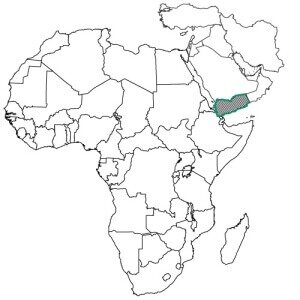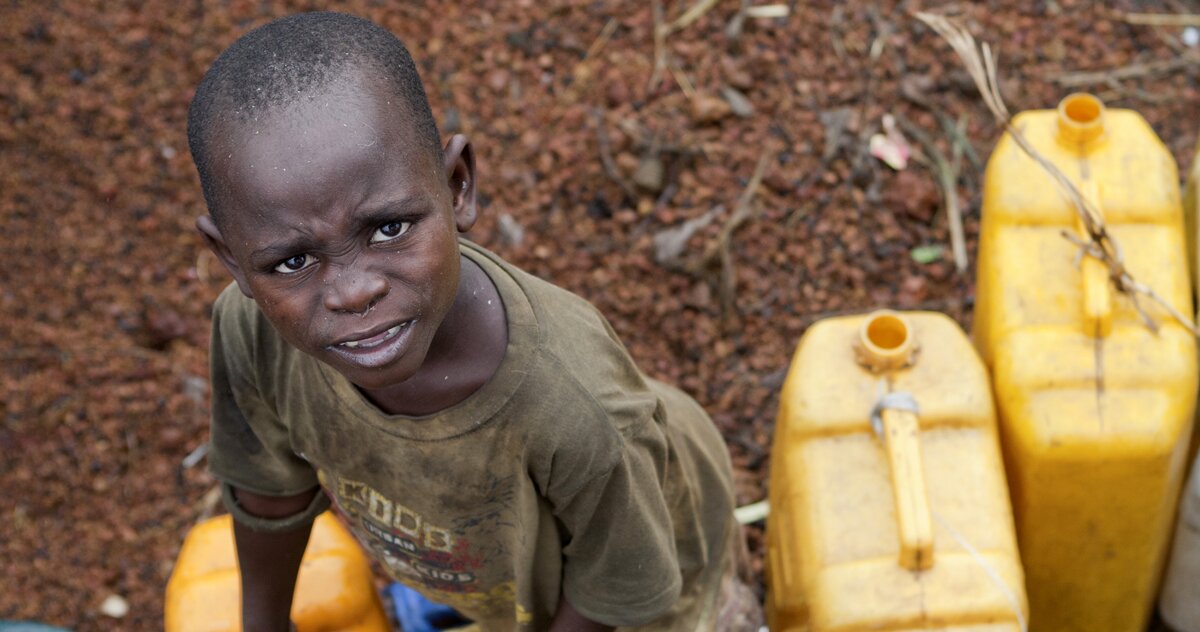The U.S. Is Helping Wage a Dangerous War in Yemen
Yemen is in chaos. Now the United States. is poised to provide more weapons, making an already complex and dangerous situation even worse. 0
0  0 likes
0 likes
Blog Sub Title
Blog Sub Title
 What’s Happening in Yemen?
What’s Happening in Yemen?In early 2015, a rebel group known as the Houthis took over a large part of Yemen and ousted the interim president Abd Rabbuh Mansur Hadi.
In response, a coalition of Arab states led by Saudi Arabia has carried out an aggressive intervention marked by largely indiscriminate air attacks aimed at retaking territory captured by the Houthi and restoring President Hadi.
Today the conflict is marked by a complex mix of domestic, regional, and international alliances, with the United States supporting the Saudi-led coalition and former Saleh allies and Iran believed to be supporting the Houthis.
The result has been a humanitarian catastrophe and more than 5,700 deaths, including at least 2,500 civilians mostly killed in air strikes.
Forced from their homes and villages
Men, women, and children killed in airstrikes
Percentage of population requiring assistance
 In September of 2014, a long standing Houthi insurgency, known as Ansar Allah, captured the capital and forced the resignation of the Prime Minister. As the political crisis intensified, the President Abd Rabbuh Mansur Hadi and his ministers resigned and Parliament was dissolved. The Houthi insurgency declared itself to be in control of the country on February 6, 2015.
In September of 2014, a long standing Houthi insurgency, known as Ansar Allah, captured the capital and forced the resignation of the Prime Minister. As the political crisis intensified, the President Abd Rabbuh Mansur Hadi and his ministers resigned and Parliament was dissolved. The Houthi insurgency declared itself to be in control of the country on February 6, 2015.
The former President has declared his resignation to be invalid and established a provisional government which has been driven into exile in Saudi Arabia. By the end of March 2015, a coalition of Gulf countries led by Saudi Arabia and supported by the United States began an aggressive campaign, known as Operation Decisive Storm, aimed at restoring the Hadi government.
What began as a Saudi-air campaign has gradually evolved into a conventional conflict involving thousands of ground troops. The Saudi led coalition has retaken much of Southern Yemen through indiscriminate bombing campaigns that have propelled Yemen to what experts describe as “an unprecedented humanitarian crisis”.
The Houthis and their allies are responsible for hundreds of civilian deaths, but the UN estimates that the majority of civilian deaths have been a result of the Saudi-led coalition’s aerial bombing. Both the UN and human rights groups have discussed the possibility that the Saudi offensive constitutes war crimes.
While the Saudi government affirmed in a joint statement with U.S. officials that it would work to allow “unfettered access” to humanitarian assistance, the coalition blockade of Yemen’s ports has prevented food and fuel aid exacerbating the growing humanitarian crisis which has left 80% of the country in need of humanitarian aid.
The U.S. State Department has approved the sale of $1.3 billion worth of air-to-ground weapons to Saudi Arabia, to replenish “the Royal Saudi Air Force’s (RSAF) current weapons supplies, which are becoming depleted due to the high operational temp” of the offensive in Yemen. The sale includes approximately 22,000 bombs.
Congress was notified of the sale the week of November 20th, triggering a 30-day period during which the arms sale can be blocked by Congressional action. A report by Amnesty International identifies three of the bomb types listed in the proposed arms sale as having been used in unlawful airstrikes which may have been war crimes.
Under the Arms Trade Treaty to which the United States is a signatory, states are not allowed to sell weapons to a party engaged in armed conflict, if it knows the arms could be used “in attacks directed against civilians” or other war crimes as defined by international law.
UN-brokered peace talks between rebel Houthis and ousted President Saleh are expected to begin before the end of the year, but some analysts are concerned that the Saudi-led coalition may not be motivated to seek a political solution due to the success of the combat operations that weapons sales enable.


 Like the Cause &
Like the Cause &  Spread the Word
Spread the Word
 0 shares
0 shares 0 likes
0 likes
 0 shares
0 shares 0 likes
0 likes

 0 shares
0 shares 0 likes
0 likes

 0 shares
0 shares 0 likes
0 likes
Help stop genocide before it starts. Ask your Senator: Support the Genocide and Atrocities Prevention Act.
Act Now!